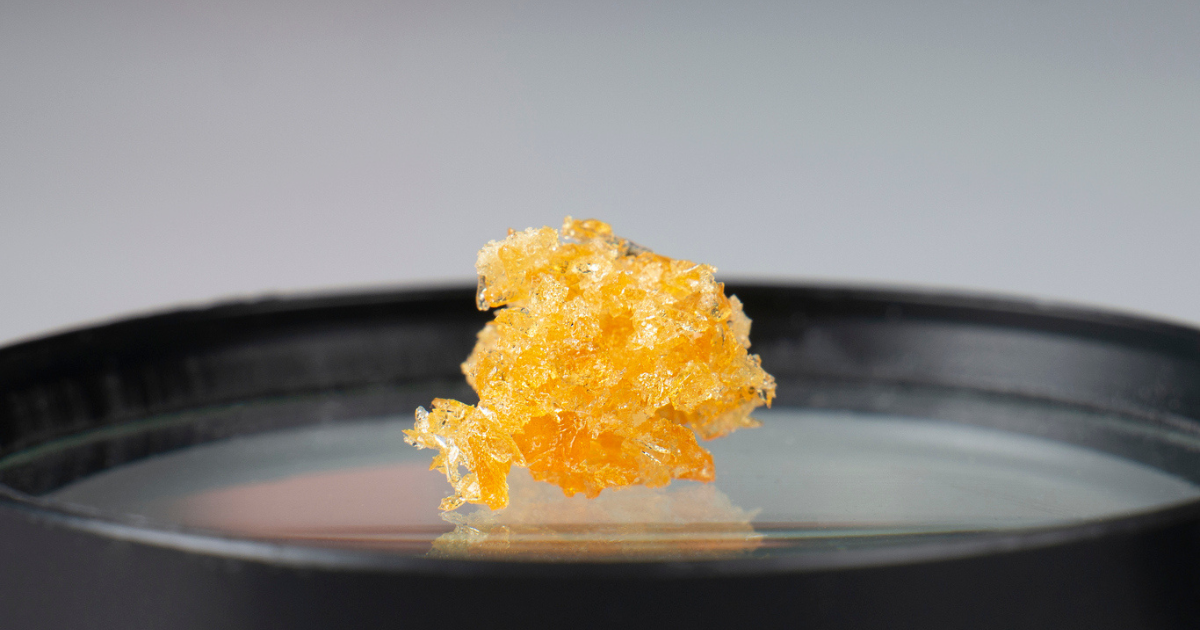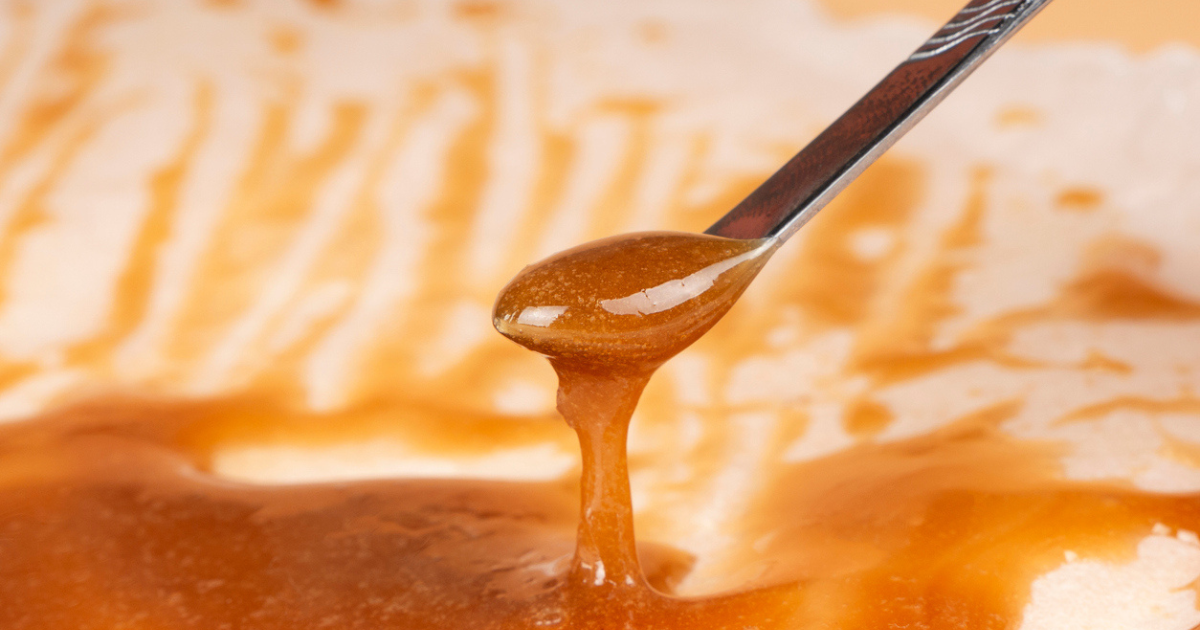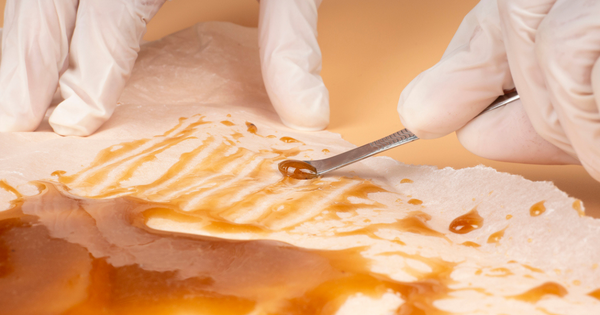Purging BHO Without a Vacuum Oven
May 02, 2024
Purging butane hash oil (BHO) is a crucial step in creating a safe, potent cannabis concentrate. This process involves removing residual butane, a solvent used in BHO extraction, to ensure the final product is pure and consumable.
While vacuum purging is common, alternative methods like heat purging and water baths offer viable solutions for those without specialized equipment.
Understanding the importance of thorough purging and the techniques available is essential for anyone looking to produce high-quality BHO.
What Is Vacuum Purging?
BHO is a popular cannabis concentrate known for its high potency and purity. The process of creating BHO involves using butane as a solvent to extract desirable active compounds like THC and CBD from cannabis plant material.
However, removing any residual solvent is vital to ensure the final product is safe for consumption post-extraction. This is where the process of "purging" comes into play. Vacuum purging is the most effective method used in the industry.
Why Purge BHO
After the initial extraction, the BHO mixture contains not only the desired cannabinoids and terpenes but also residual butane solvent. Ingesting or inhaling high levels of solvent residues can be harmful, making it critical to vacuum purge BHO thoroughly before use. The purging process removes these unwanted solvents without degrading the quality of the cannabinoids and terpenes.
How Does It Work?
The process involves placing the BHO extract in a vacuum chamber and significantly reducing the atmospheric pressure. This reduction in pressure lowers the boiling point of butane, allowing it to evaporate at much lower temperatures than at standard atmospheric pressure.
- Preparation: The BHO extract is spread thinly over a non-stick surface, like a silicone mat or parchment paper, to increase the surface area, which leads to more efficient purging.
- Vacuum Chamber: The prepared BHO extract is placed inside the vacuum chamber. The chamber is then sealed, and the vacuum pump is activated to reduce the pressure inside.
- Temperature Control: Under vacuum, the chamber is gently heated to evaporate the butane. The temperature is kept low, typically between 75°F and 95°F (24°C to 35°C), to avoid damaging the delicate terpenes that contribute to the concentrate's aroma and flavor.
- Monitoring the Purge: The process is monitored through the chamber's viewing window, allowing the operator to observe the bubbling action that indicates the evaporation of butane. Depending on the amount of BHO being purged and the desired purity level, the purge can last from a few to over 24 hours.
- Completion: The purge is considered complete when bubbling/off-gassing activity stops, indicating that most, if not all, of the butane has been removed. The vacuum is then carefully released, and the purified BHO is removed from the chamber.
Benefits of Vacuum Purging BHO
- Efficiency: Vacuum purging is more effective at removing residual solvents than non-vacuum methods, thanks to butane's reduced boiling point under low pressure.
- Quality Preservation: Vacuum purging uses low temperatures to preserve the terpenes and cannabinoids, ensuring the final product retains its potency and flavor profile.
- Safety: Vacuum purging minimizes the risk of butane exposure to the operator and the environment by containing the entire process within a closed system.
- Industry Standard: Vacuum purging is widely recognized as the industry standard for professional-grade concentrates, often required to meet the stringent purity criteria set by regulatory bodies.
- Scalability: Vacuum purging is more scalable for larger production volumes, maintaining efficiency and quality even as batch sizes increase, making it suitable for both personal and commercial scale operations.
While vacuum purging is highly effective, it requires specialized equipment, including a vacuum chamber and pump, which can be a significant investment. Additionally, the process demands a thorough understanding of the equipment and the purging process to avoid accidents and ensure the quality of the concentrate.
Pre-Purge Considerations
Before diving into the purging process, several factors need consideration to ensure the best possible outcome:
- Quality of Starting Material: The purity and quality of the cannabis used for extraction will influence the final product. Higher-quality starting material tends to produce a more potent and cleaner concentrate.
- Purity of Butane: The quality of the butane used in the extraction process can significantly impact the initial purity of the BHO. High-quality butane can reduce unwanted contaminants, making purging more straightforward and effective.
- Extraction Technique: The method used to extract the BHO can affect how much butane is initially absorbed and how easily it can be purged. Techniques vary widely, and understanding the nuances of your chosen method can help tailor the purging process.
- Environmental Factors: Ambient temperature and humidity can impact the purging process. Lower humidity environments facilitate a more efficient purge by allowing butane to evaporate more readily.
Heat Purge Method
The heat purge is the most straightforward and commonly used non-vacuum method. It relies on controlled heat to encourage butane evaporation.
Materials Needed
- BHO extract
- Non-stick silicone mat or parchment paper
- Heat-proof glass dish or tray
- A C1D1-rated electric heating pad or digital hot plate
- Infrared thermometer or digital probe thermometer
- Ventilation fan or system for safety
Steps
- Preparation: Thinly spread the BHO extract on a non-stick, heat-resistant surface to maximize the area exposed to air. A thin layer ensures more efficient heat transfer and solvent evaporation.
- Heat Application: Use a heat source like an electric heating pad to a low-medium setting. The ideal temperature range is between 75°F and 95°F (24°C to 35°C), as this is effective for butane evaporation without significantly degrading the terpenes and cannabinoids.
- Monitoring and Adjusting: Use the digital thermometer to closely monitor the BHO's temperature. Watch for bubbling that indicates butane evaporation. Adjust the heat as necessary to maintain the optimal temperature, ensuring a consistent and gentle purge.
- Purge Time: The purge duration depends on various factors, including the thickness of the BHO spread and the initial solvent content. It typically lasts several hours. The process is nearing completion when bubbling significantly reduces or stops.
- Finalizing the Purge: Once bubbling ceases, remove the dish from the heat source and allow the BHO to cool and harden. This indicates that most of the butane has been successfully purged.
Advantages
- Direct Heat Control: An electric heating pad or hot plate allows for immediate temperature adjustments, providing precise control over the purging process.
- Observation: Direct heating enables close monitoring of the BHO's reaction to the heat, allowing for real-time adjustments to ensure optimal purging conditions.
- Efficiency: Although the heat purge method requires careful attention, it can lead to faster purging times compared to more indirect methods, given the direct application of heat.
Water Bath Method
The warm water bath method uses hot water to evenly distribute heat around the BHO, promoting a gentle and effective purge.
Materials Needed
- BHO extract
- Heat-proof silicone mat or parchment paper
- Pyrex dish or similar heat-resistant container
- Pot for water bath
- Digital thermometer
- Heat source (like a C1D1-rated stove or hot plate)
- Ventilation fan or system
Steps
- Preparation: Place your BHO extract in the Pyrex dish on a silicone mat or parchment paper. Spread the extract thinly to increase the surface area for more efficient purging.
- Setting Up the Water Bath: Fill the pot with enough water to create a gentle bath for the Pyrex dish, but not so much the water risks getting into the extract. Heat the water to a steady temperature. Aim for a water temperature around 95-110°F (35-43°C). Use the digital thermometer to monitor the water temperature accurately. Add additional warm water as needed.
- Beginning the Purge: Once the water reaches the desired temperature, place the Pyrex dish containing the BHO extract into the water bath. The gentle heat will warm the extract, causing the butane to bubble and evaporate. Maintain a consistent temperature to avoid overheating, which can degrade the cannabinoids and terpenes.
- Monitoring and Adjusting: Monitor the water temperature closely, adjusting your heat source as necessary to maintain a gentle warmth. You may need to add more hot water periodically to stabilize the temperature, especially during longer purging sessions.
- Purge Time: The purge duration can vary, typically lasting several hours. Factors such as the thickness of your BHO spread and the initial amount of butane will influence the total time. Watch for the bubbling activity in the BHO to slow down and eventually stop, indicating that most of the butane has been purged.
- Finalizing the Purge: Continue monitoring and flipping/agitating the extract until no more bubbles form. This indicates that most of the butane has been purged. Remove the extract from the bath and allow it to cool and harden.
- Keep in mind this method may require longer purging times due to the indirect heat application.
Advantages
- Gentle Heat: The water bath provides gentle, even heat that is less likely to cause hot spots, reducing the risk of degrading sensitive terpenes.
- Flavor Preservation: This method is excellent for maintaining the full flavor profile of the concentrate, making it ideal for high-quality, terpene-rich extracts.
- Ease of Use: The setup is straightforward and can be done with standard kitchen equipment, making it accessible for DIY enthusiasts.

Brake Bleeder Method
The method uses a hand-operated vacuum pump connected to a sealed container holding the BHO. A vacuum is created within the container by manually pumping, lowering the air pressure, and facilitating the evaporation of butane at lower temperatures, similar to a vacuum chamber.
Materials
- Hand-operated vacuum pump with a gauge (brake bleeder)
- Vacuum chamber or a suitable airtight container that can withstand negative pressure
- Non-stick surface (like silicone mats or parchment paper) for the BHO
- Heat source (like a heating pad or hot water bath) for gentle warming
Steps
- Preparation: Spread the BHO thinly on a non-stick surface and place it inside the vacuum chamber.
- Creating a Vacuum: Connect the hand-operated vacuum pump to the chamber. Pump manually to reduce the atmospheric pressure inside. The gauge will help monitor the level of vacuum achieved.
- Applying Heat: While maintaining the vacuum, gently heat the chamber or place it in a warm water bath using a heating pad. Keep the temperature within the optimal range for butane evaporation 75°F and 95°F (24°C to 35°C).
- Monitoring: Watch for bubbling in the BHO, which indicates the evaporation of butane. Maintain the vacuum and heat until the bubbling subsides, suggesting that most butane has been purged.
- Releasing the Vacuum: Once purging is complete, carefully release the vacuum before opening the chamber to avoid any sudden pressure changes that could disturb the concentrate.
Integrated Purging with the Extraction Process
Leveraging your extraction machine's features, such as the jacketed collection basin and recovery pump, can facilitate an integrated approach to purging BHO. This method minimizes handling and exposure, creating a more efficient workflow from extraction to the final product.
Advantages
- Closed-System Processing: Uses the extraction equipment to create a contained environment, reducing solvent exposure and the risk of ignition.
- Workflow Efficiency: Simplifies the process by eliminating the need to transfer extracts, minimizing potential loss and contamination risks.
- Environmental Consistency: Maintains a stable setting for the concentrate during both extraction and purging, potentially improving the final product's quality.
Steps for Implementation
- Post-Extraction: Keep the extracted BHO in the machine's jacketed collection basin to avoid unnecessary handling.
- Initiate Purging: Use the recovery pump to lower the pressure within the collection basin, simulating the vacuum environment conducive to butane evaporation.
- Temperature Regulation: Monitor and adjust the temperature within the collection basin to optimal purging levels, ensuring effective solvent removal without compromising the concentrate's quality.
- Concluding the Purge: The final product can be carefully collected from the basin after the purging process is deemed complete, based on the absence of bubbling or after a predetermined time.
Safety Considerations and Best Practices

When purging BHO without a vacuum, prioritize safety above all else. The process involves handling volatile substances and flammable gases, posing significant risks if not managed properly. Adhering to safety considerations and best practices can mitigate these risks, ensuring a safe environment for you and those around you.
Risks
- Flammability: Butane is highly flammable, and its vapors can form explosive mixtures with air. Even small sparks can ignite butane, leading to fires or explosions.
- Health Hazards: Prolonged exposure to butane and other solvents can be harmful. Inhalation of concentrated vapors may lead to respiratory issues, dizziness, and other health concerns.
- Product Contamination: Improper purging can result in high levels of residual solvents within the BHO, which can be harmful when inhaled or ingested.
Ventilation
- Well-Ventilated Area: Conduct all purging operations in a well-ventilated area to prevent the accumulation of butane vapors. Outdoor spaces are ideal, but if that's not possible, make sure the indoor space has open windows and active airflow.
- Use Exhaust Fans: If available, use exhaust fans to help direct vapors away from the work area and out of the building.
Equipment
- Non-Sparking Tools: Use tools and equipment that do not produce sparks. This includes using electric heating elements designed for laboratory use, which are less likely to ignite flammable gases.
- Safety Gear: Wear personal protective equipment (PPE), such as gloves and eye protection, to prevent skin contact with the concentrate and protect against unexpected splashes or spills.
Temperature
- Avoid Open Flames: Never use open flames as a heat source for purging, as this is a significant fire and explosion risk. Opt for electric heating methods like heating pads or hot water baths.
- Monitor Temperatures Closely: Use accurate thermometers to closely monitor the temperature of your purging area. This will maintain temperatures within safe limits to prevent the degradation of cannabinoids and terpenes.
Handling and Storage
- Proper Butane Storage: Store butane canisters in a cool, well-ventilated area away from direct sunlight and heat sources. Make sure caps are securely fastened and containers are upright.
- Waste Disposal: Dispose of any waste material, including used butane canisters and contaminated equipment, in accordance with local regulations and safety guidelines.
Emergencies
- Have a Fire Extinguisher Nearby: When handling flammable substances like butane, always have a suitable-class fire extinguisher within easy reach.
- Know Your Emergency Procedures: Be familiar with emergency procedures, including evacuation routes and contact numbers for emergency services.
Filter Media Sample Request
Interested in trying our filter media? We would love to send you some! Browse our products, then fill out this form and someone from our team will be in touch to finalize your request.
Crafting Quality BHO Without a Vacuum
With the proper knowledge and techniques, successfully purging BHO without a vacuum is achievable. By focusing on safety and precision, you can produce pure and potent concentrates. The process may require patience and attention to detail, but the result is a high-quality product you can be proud of.







